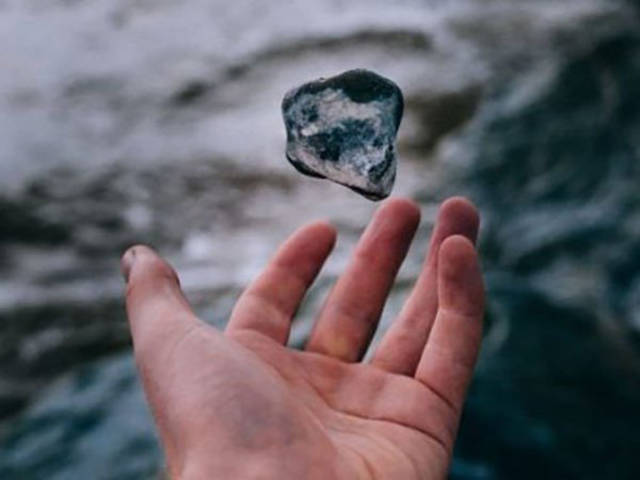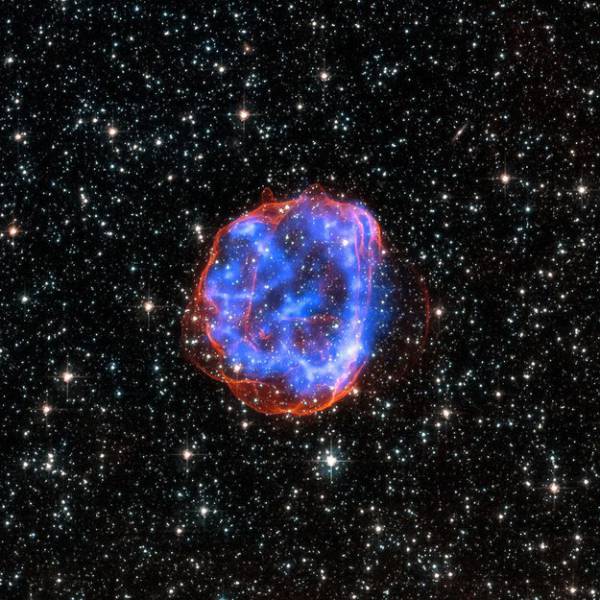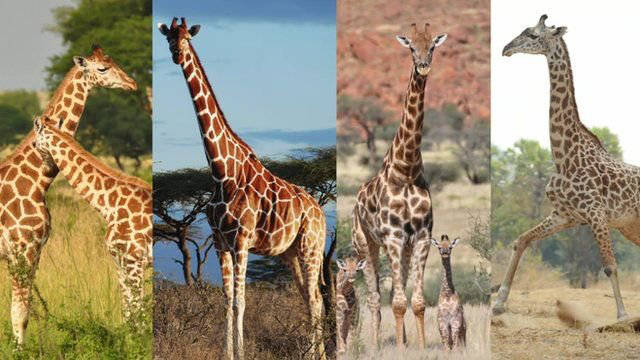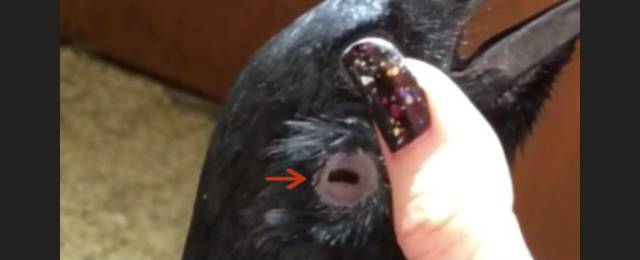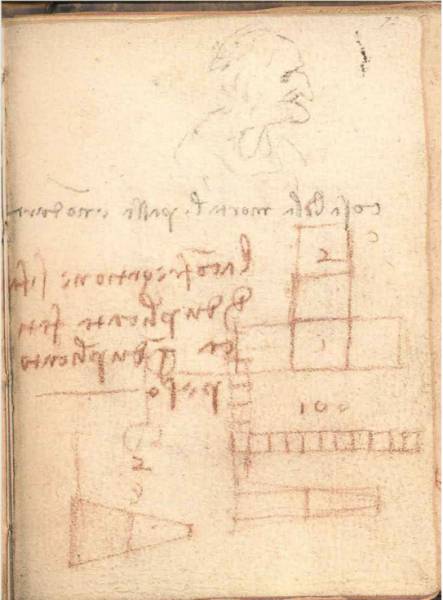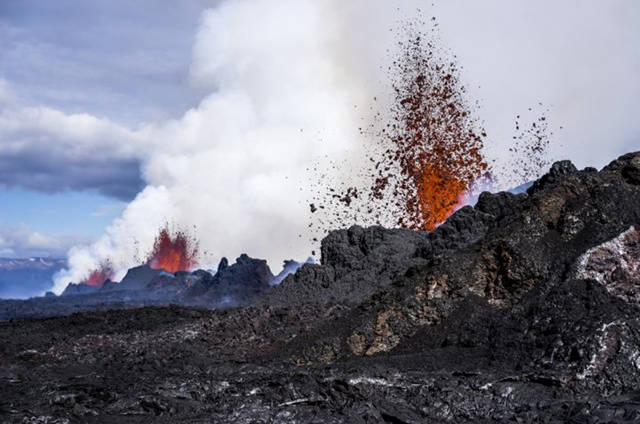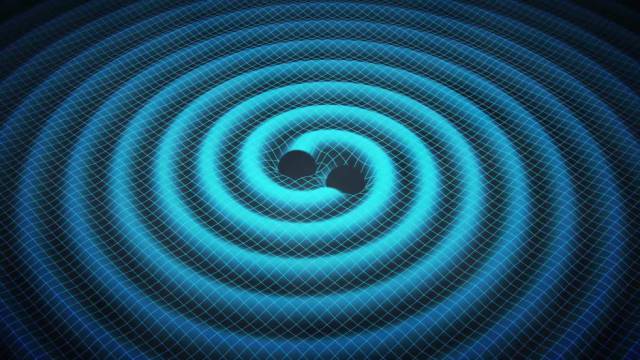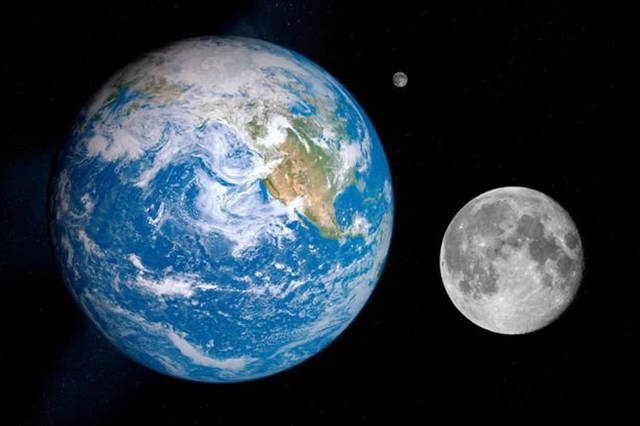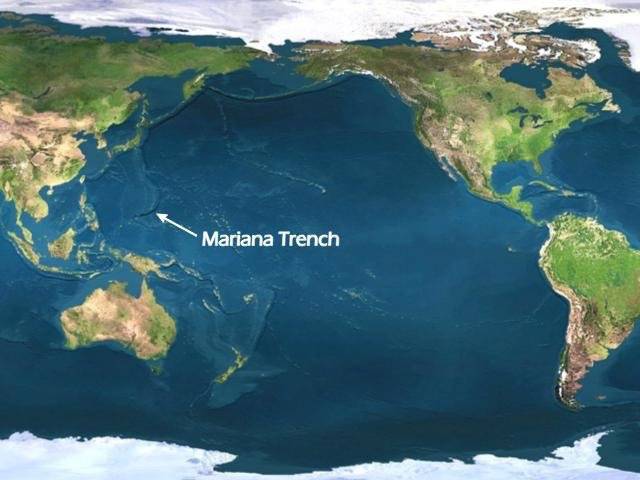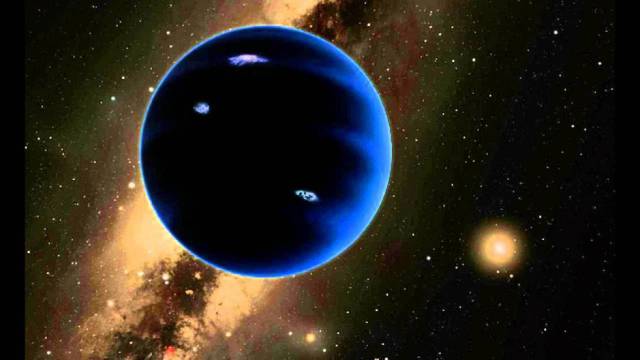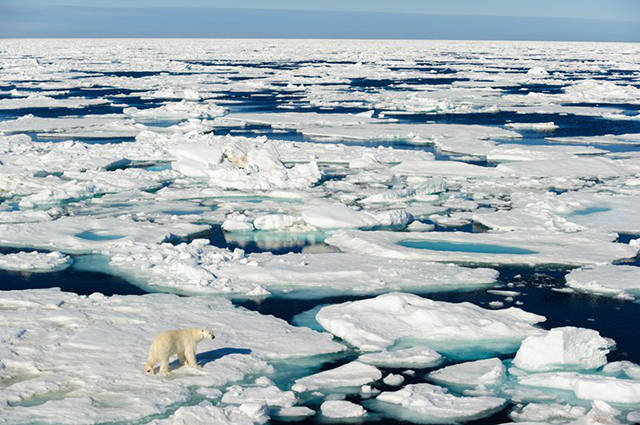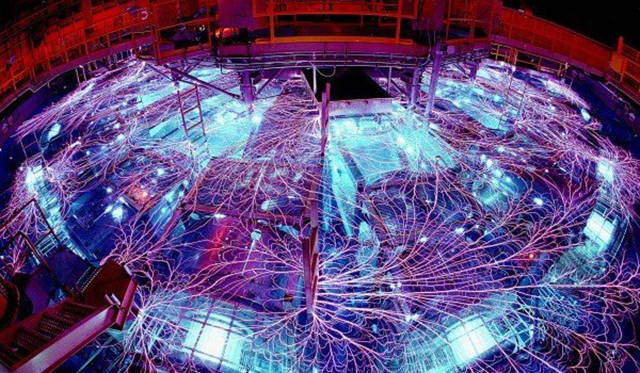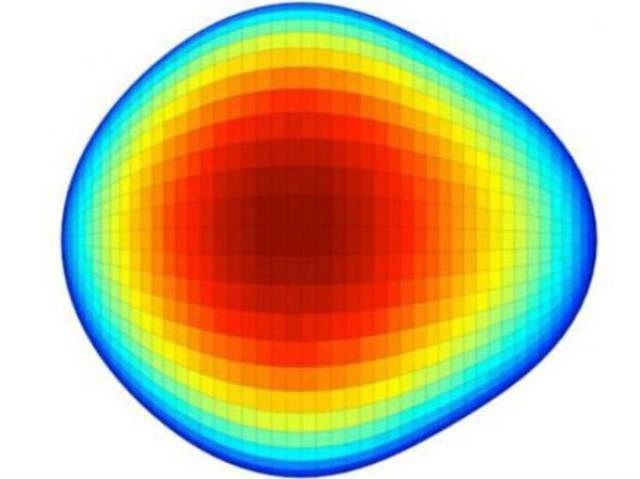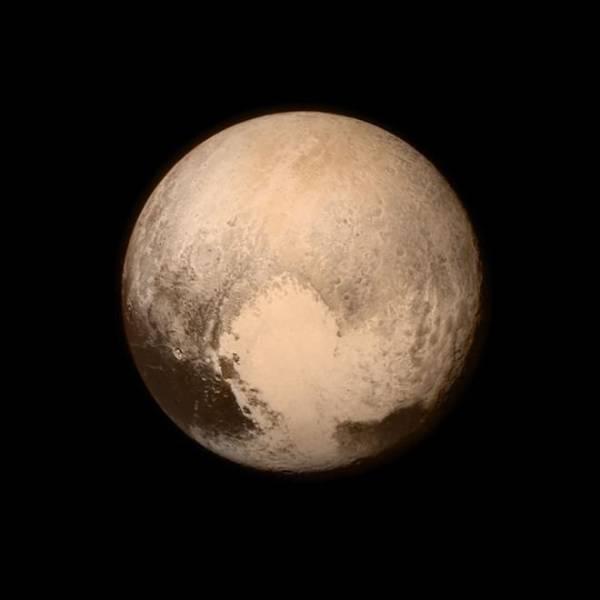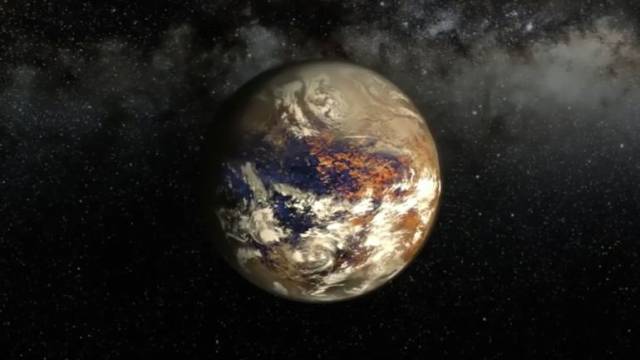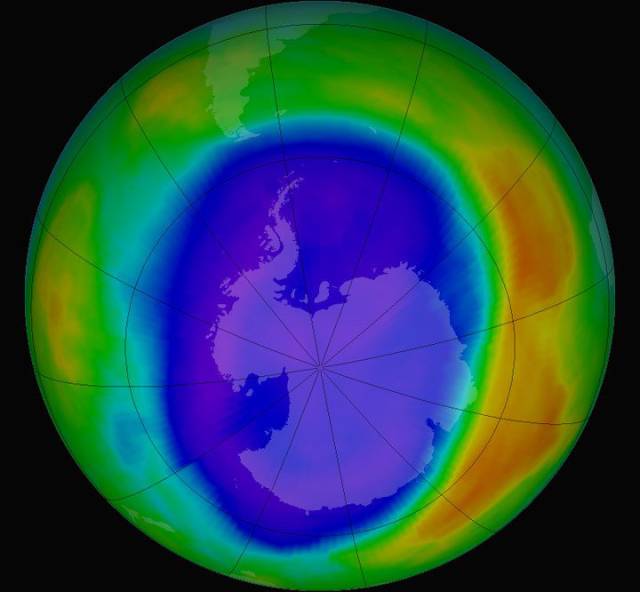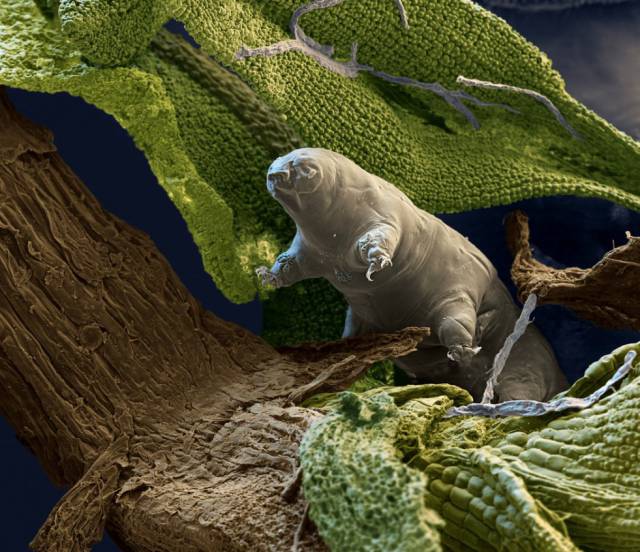There are two liquid states of water.
Sloths almost die every time they poop (which is only once a week), and it looks terrifying.
Scientists have found evidence of a whole bunch of supernovae – when stars explode at the end of their life – that happened in our cosmic neighborhood around 2 million years ago.
Ducklings can recognize the concepts of “same” and “different.”
It turns out there are actually four species of giraffe, not just one.
Earth lost enough sea ice this year to cover the entire land mass of India.
Crows actually have enormous and terrifying ears.
The first written record demonstrating the laws of friction has been hiding inside Leonardo da Vinci’s “irrelevant scribbles” for the past 500 years.
Cloned animals can age healthily – four clones of the original cloned sheep, Dolly, have lived to old age with no obvious long-term health issues.
It’s possible to turn carbon dioxide into stone – if you pump it into underground volcanic rocks in Iceland.
Artificial Intelligence can beat humans at Go.
Gravitational waves are real. More than 100 years after Einstein first predicted them, researchers finally detected the elusive ripples in space time this year. We’ve now seen three gravitational wave events in total.
There’s a giant, 1.5-billion-cubic-metre (54-billion-cubic-foot) field of precious helium gas in Tanzania.
Human penises might have lost their baculum, aka penis bone, when our species became monogamous.
Earth has a second mini-moon orbiting it, known as a ‘quasi-satellite’. It’s called 2016 HO3.
There are strange, metallic sounds coming from the Mariana Trench, the deepest point on Earth’s surface. Scientists currently think the noise is a new kind of baleen whale call.
It was probably soot that killed the dinosaurs.
One third of the planet can no longer see the Milky Way from where they live.
There might be a ninth planet in our Solar System (no, Pluto doesn’t count).
The North Pole is slowly moving towards London, due to the planet’s shifting water content.
A revolutionary new type of nuclear fusion machine being trialled in Germany really works, and could be the key to clean, unlimited energy.
Pear-shaped atomic nuclei exist, and they make time travel seem pretty damn impossible.
Pluto’s atmosphere is more compact and cold than we previously thought.
The largest known prime number is 274,207,281– 1, which is a ridiculous 22 million digits in length. It’s 5 million digits longer than the second largest prime.
There’s an Earth-like planet just 4.2 light-years away in the Alpha Centauri star system – and scientists are already planning a mission to visit it.
Some of the biggest and clearest diamonds probably formed in liquid metal hundred of miles below the surface of Earth.
Some red squirrels in Britain carry a strain of leprosy seen in humans in the Middle Ages.
Cod might have regional accents.
The Antarctic ozone hole is finally showing signs of healing, nearly 30 years after the Montreal Protocol came into effect.
Tardigrades are so indestructible because they have a built-in toolkit to protect their DNA from damage. These tiny creatures can survive being frozen for decades, can bounce back from total desiccation, and can even handle the harsh radiation of space.

